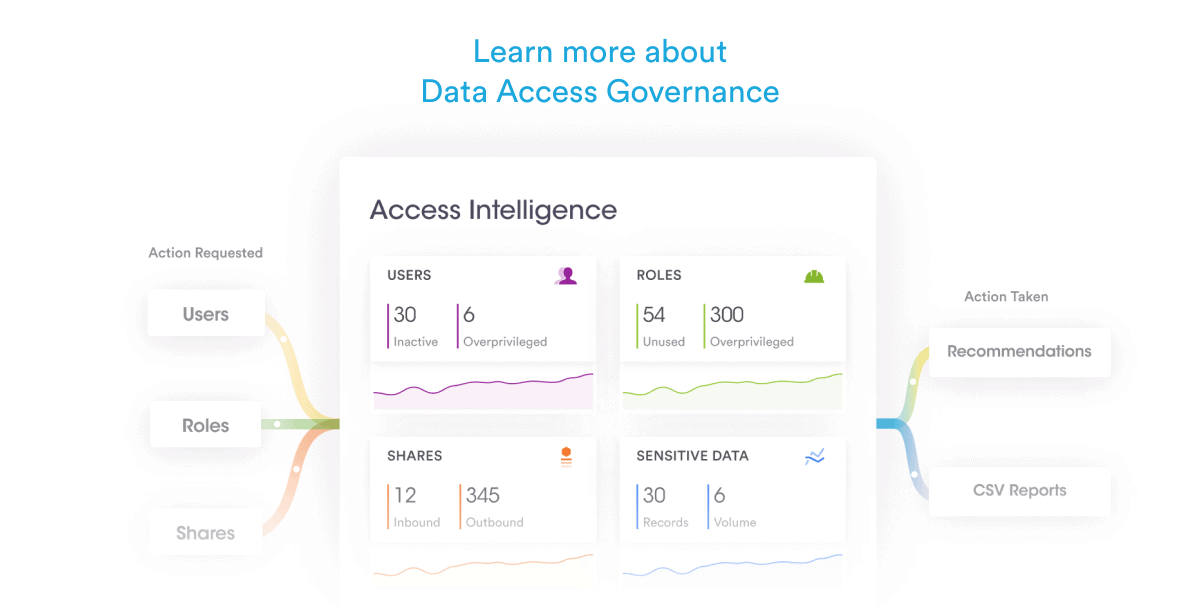As they say, “data is the new currency in the age of AI” - driving business value in many organizations, providing valuable insights and enabling innovation. Consequently, the sheer volume of data being amassed in various data systems, such as cloud data lakes and warehouses, is growing at a staggering rate. However, scattered throughout this data landscape is sensitive and personal information that must be carefully managed.
Most data security teams in organizations wrestle with the problem of making sure that this sensitive data is secure and protected, while being asked by other executives to use that same data to drive innovation and business insight. It would be much simpler to keep the data safe by locking it down, but that inhibits business opportunities and revenue through strategic use of that data. Yet if the data is too accessible, it leaves organizations open to sensitive data exposure, ransomware attacks, and regulatory censure. Putting the right controls in place to protect your data enables organizations to drive maximum value while limiting risk.
A key component to achieving this balance is having a complete understanding of what sensitive data exists, where it is located, who has access, and how to build guardrails to enforce data protection and regulatory compliance.
360 Degree View of Sensitive Data Access
One of the key challenges organizations face is the lack of visibility into the sensitive data contained within their vast number of systems and repositories and who can access that sensitive data. Organizations may have hundreds of data systems where identity access is managed, leading to millions of permutations and combinations of access scenarios. To effectively leverage access management tools, there is a need to understand the underlying sensitive data that a role or user has access to as well as the policies that control those permissions.
Sensitive data intelligence paired with identity access management enables organizations to get a true 360-degree view of user and role access to sensitive data, including:
- What systems contain sensitive data
- What sensitive data exists within these systems
- What users and roles have access to this sensitive data
- Where geographically the data is located
- What regulations apply to this data
Organizations need a solution that can provide automated insight into user and role access to data systems paired with sensitive data intelligence for those systems. This holistic view enables companies to create an accurate mapping of who has access to what sensitive data and provide best practice recommendations to strengthen security posture and adhere to compliance requirements.
Enabling Automated, Secure Data Sharing
Many companies are striving for digital transformation, Generative AI and cloud modernization within their organization to enable maximum use of data within their enterprises. One of the key initiatives, as part of digital transformation, is enabling data sharing both internally and externally with business partners to increase revenue, business insight, and business value. Gartner highlights that “Data and analytics leaders who share data externally generate three times more measurable economic benefit than those who do not.”
Data sharing unlocks access to new types and volumes of information, pushing the boundaries of what AI can generate. For example, sharing specialized data across sectors, like medical data for drug discovery or environmental data for climate research, fuels breakthroughs that wouldn't be possible from siloed information, expanding the applications and societal impact of generative AI.
Though sharing data internally and externally can have huge benefits, privacy regulations and the risk of breach make cybersecurity leaders extremely hesitant to share data that may include sensitive information. For example, if a user has not provided consent for their data to be used by a third party, companies must ensure that the user’s personal information is obfuscated. A key way to share data while protecting sensitive information is through data masking. This enables organizations to change the values of sensitive data while using the same format. The goal is to create a version of data that the user can still get business value from while ensuring no risk of exposing personal or sensitive information contained within.
Sounds great, doesn’t it?
However, often the task of masking sensitive data is an arduous, manual process. Most companies are faced with the difficult and time-consuming tasks of identifying specific sensitive data that should be masked, then applying masking at scale to specific columns, across hundreds of thousands of tables. In today’s rapidly changing, multi-cloud environments, this process is not practical.
Organizations should look for a solution that automates data masking by:
- Automatically identify sensitive data within the enterprise.
- Automatically tag sensitive data with metadata that indicates its type of sensitivity (i.e., SSN, DOB, PHI, etc.).
- Create policies that automatically mask sensitive data across broad data sets and repositories, integrating with native system capabilities as appropriate.
- Dynamically mask data for specific users or roles, based on tags and labels on sensitive data.












